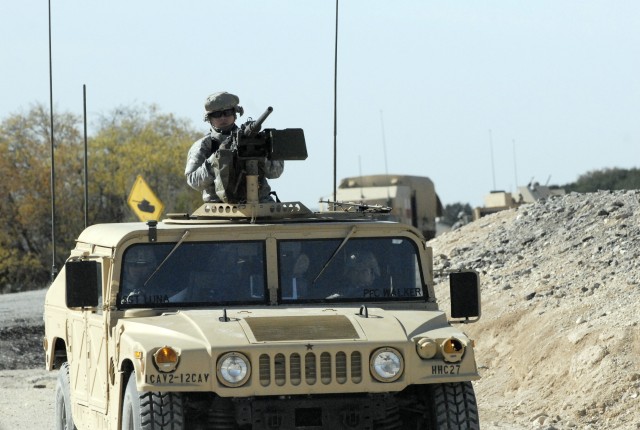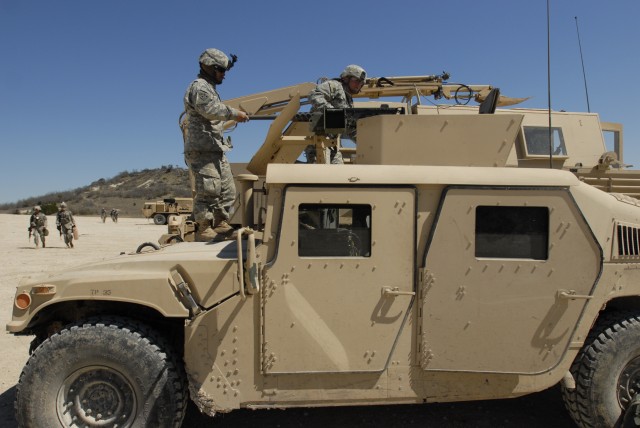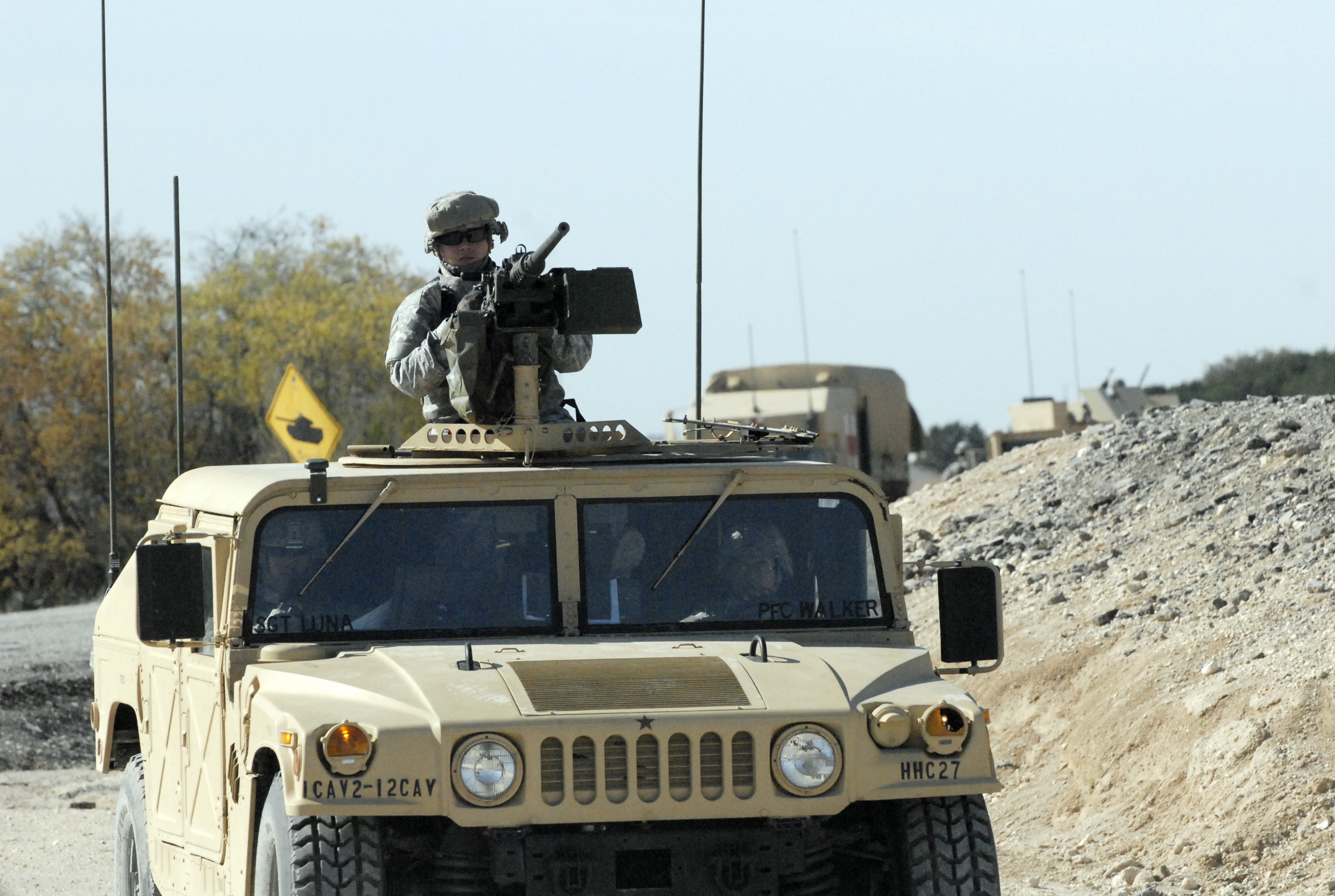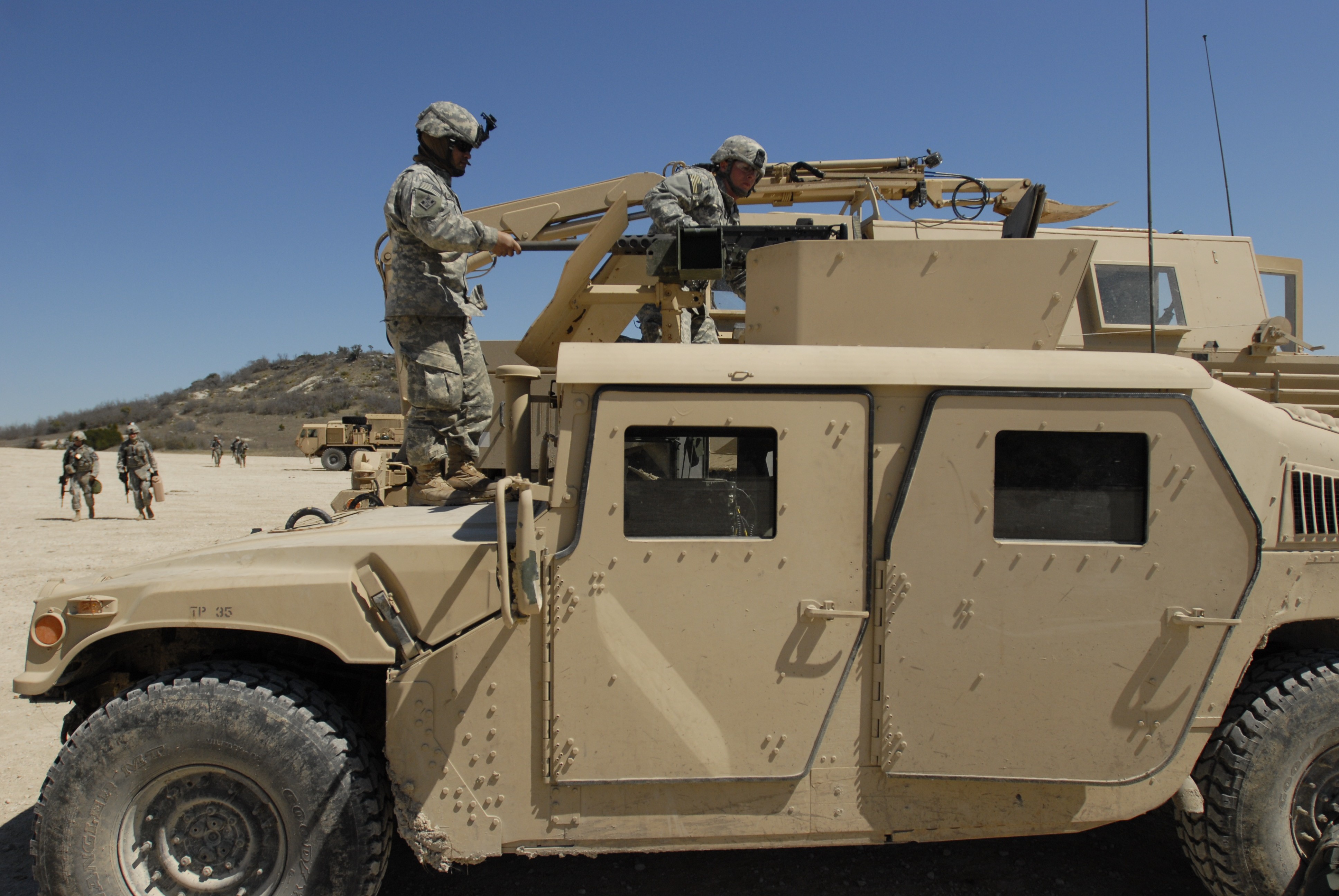The relationship between the unit and the digital master gunner (DMG) is one of mutual respect. Like most DMGs, Oscar Barnes, having retired from the Army has an extensive understanding of how systems work in a tactical environment and he relays that knowledge back into the field.
"It is like a marriage," Barnes said. "You have to establish that trust, and once that is established and the Soldier understands that you are knowledgeable then he will rely on you a great deal."
For the past five years, Barnes has been working with the 1st Cavalry Division, a division with which he has deployed into theater three times. DMGs are at the top of the pyramid in terms of field support. They understand the system of systems employment for all of the Army Team C4ISR systems in the field, and they use that knowledge to guide the training of Soldiers and to mentor the newer digital system engineers (DSE).
The DSE concept was developed by Program Executive Office Command, Control, Communications-Tactical (PEO C3T) to provide better support to the Warfighter by giving the unit a single team captain to facilitate and orchestrate the support team. DSEs along with field support representatives (FSRs) consist of a group of professionals with an extensive knowledge base, whose assistance can be tapped into at any time by the support team and the units.
"Here at CTSF [Central Technical Support Facility, in Fort Hood, Texas] we provide classroom training for the Soldiers prior to their deployment," Barnes said. "As a DSE, I give over-the-shoulder training to the staff and to the Soldiers themselves, so I have to be very knowledgeable of that system and how it interacts with other systems."
DSEs troubleshoot, mentor and provide training in both training and field environments. Most have prior military service and have been previously employed as Soldiers in Tactical Operation Centers (TOCs) with the systems that they are supporting. This enables them to bring a wealth of background information and holistic field support to the fight.
Support Operations Center (SOC)
DSEs utilize the SOC for those exceptionally difficult incidences both in and out of theater. When the DSE cannot resolve an issue on his own, he or she will send a trouble ticket to the SOC to resolve it, Barnes said.
The SOC is an entry point from which Warfighters and forward-support personnel can obtain 24/7 reach-back support for any systems managed by the U.S. Army CECOM Life Cycle Management Command along with additional digital capabilities.
At the end of the day, it is imperative to have a knowledgeable support staff troubleshooting both in and out of theater so the Warfighter can focus on others aspects of the mission. Field support personnel must stay up to date on all aspects of their jobs and constantly stay abreast of changes related to Army Team C4ISR systems. They must also be able to reach back to the rest of the support team to obtain answers to those seemingly unsolvable problems.
"The working relationship between FSRs and DSEs and DMGs is also like a marriage, because we all work for the green-suiters and we have one common issue -- to make sure they are taken care of," Barnes said.




Social Sharing